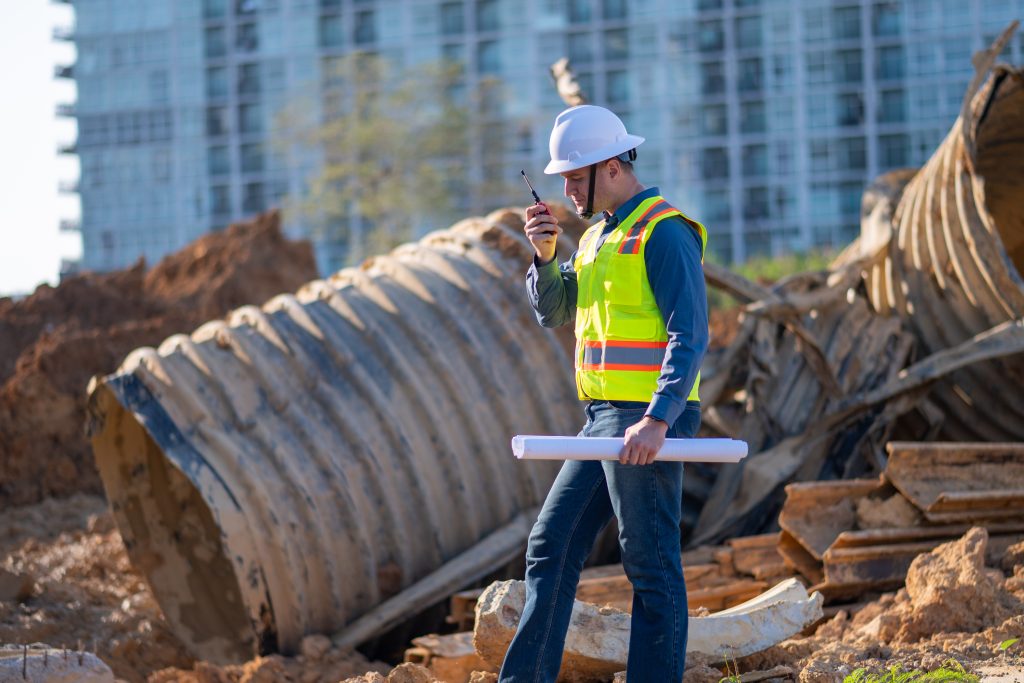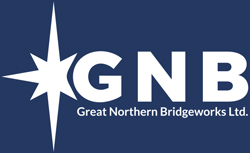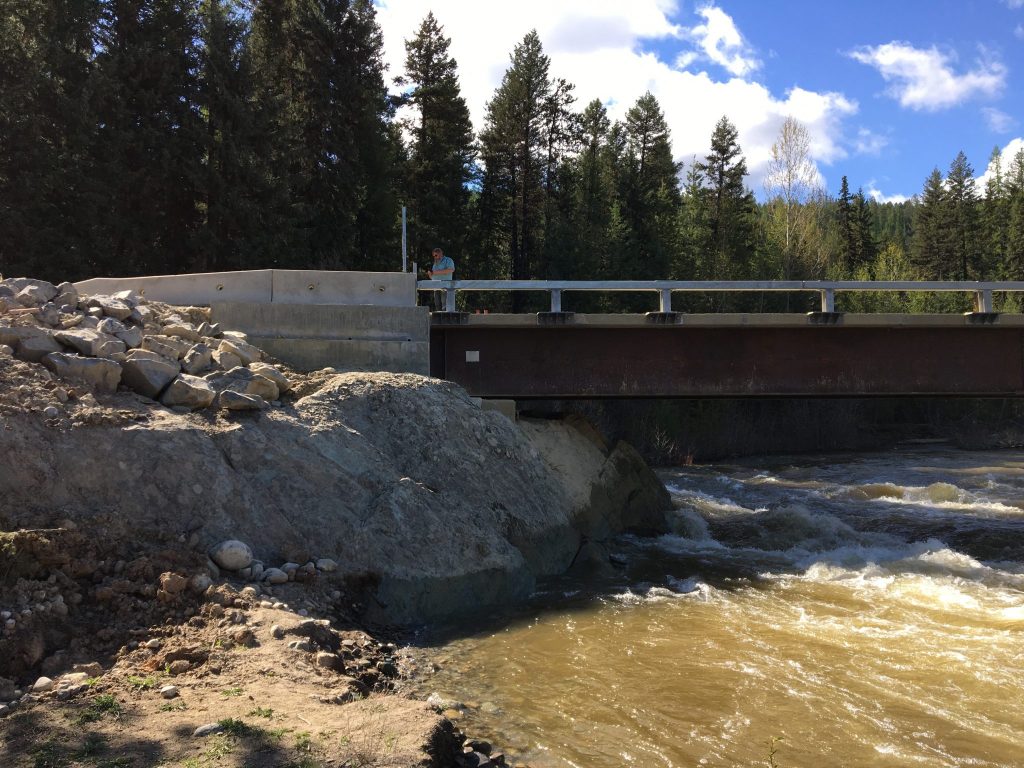At Great Northern Bridgeworks, we understand that the longevity and safety of bridges are paramount. Regular bridge inspections and proactive maintenance are essential to identify potential issues before they escalate into costly repairs or, worse, structural failures. This comprehensive guide delves into the importance of bridge inspections, the components of a thorough inspection process, and strategies for effective bridge maintenance.
What Is Bridge Inspection and Why It Matters

Bridge inspections involve the structured, technical process of evaluating the condition, performance, and safety of all structural components of a bridge. From decks and girders to bearings and abutments, each part must be thoroughly examined to ensure the entire system remains reliable under the pressures of traffic, weather, and time.
These inspections are not optional they’re essential. Inspections must follow the federal and provincial guidelines, including those set by Transport Canada. These standards dictate not only how often a bridge must be inspected but also how the findings must be recorded, reported, and acted upon.
Neglecting a bridge inspection or delaying one can have severe consequences. History has shown that undetected issues like fatigue cracks, rusting joints, and scour around foundations can result in catastrophic failures. That’s why bridge inspection isn’t just a regulatory checkbox; it’s a frontline defense in infrastructure safety.
Why Regular Bridge Inspections Are Crucial

The primary goals of any bridge inspection are rooted in safety, asset management, and public trust.
Here’s what a thorough inspection aims to achieve:
Identifying Structural Deficiencies
Inspections are the first step in detecting signs of deterioration such as corrosion, fatigue, settlement, or joint separation before they become major hazards. Early detection means early intervention, which reduces the likelihood of major failures and extensive downtime.
Ensuring Public Safety
Bridges are critical links in transportation networks. An unnoticed fault could endanger the public. Regular inspections help prevent accidents, protect human lives, and provide reassurance that the infrastructure is safe and sound.
Informing Maintenance and Budget Decisions
Detailed inspection data helps engineers and municipal planners prioritize maintenance needs, allocate resources efficiently, and develop long-term infrastructure strategies. It also supports intelligent decision-making when it comes to bridge rehabilitation, repair, or replacement.
Complying with National and Provincial Regulations
Inspection frequency, methods, and reporting standards are strictly regulated. Meeting these legal requirements ensures not only safety but also liability protection for municipalities, private owners, and construction firms.
Protecting Investments
Bridges are major capital assets. Failing to inspect and maintain them reduces their lifespan and leads to higher repair or reconstruction costs. A regular bridge inspection schedule is key to maximizing return on investment.
By conducting scheduled inspections and responding promptly to findings, asset owners can mitigate risk, prevent bridge washouts, and extend the lifespan of their infrastructure. The process also plays a foundational role in planning bridge repair, rehabilitation, or even bridge construction projects. In short, bridge inspection is more than a technical requirement, it’s a critical element of public safety, infrastructure resilience, and responsible engineering. It ensures that bridges continue to serve communities reliably for decades, adapting to changing demands and environmental conditions.
Crafting a Thorough Bridge Inspection Checklist and Report
A reliable and methodical bridge inspection checklist is essential to maintaining structural integrity and ensuring public safety. This checklist acts as a roadmap, guiding inspectors through each critical component of the bridge and helping to identify issues before they become major problems.
Key Elements of the Inspection Checklist:
Deck Condition
Inspectors assess the surface for visible signs of deterioration such as cracks, potholes, spalling, or general wear and tear. According to Asset Intelligence, paying attention to surface degradation can prevent costly repairs down the line by addressing water intrusion and freeze-thaw damage early.
Superstructure
This includes the beams, girders, and trusses that carry the load of the bridge. Inspectors look for signs of structural distress such as rust, cracks, deformation, or fatigue, especially in high-stress connection points. Even minor defects in these components can compromise the load-bearing capacity of the entire structure.
Substructure
Piers, abutments, and foundations. Stability is key here. Fisheries and Oceans Canada emphasizes the importance of identifying settlement, scour, or cracking that could threaten the integrity of the bridge from below, particularly in marine or riverine environments.
Expansion Joints
it’s critical to check for proper seal function, as degraded joints can lead to water ingress and eventual structural damage.
Drainage Systems
Ensuring that water flows freely and doesn’t accumulate on the structure. Blocked or poorly designed drainage can cause erosion, rust, or concrete damage over time. Ensuring proper flow reduces long-term maintenance costs and prevents environmental wear.
Documenting Findings: The Inspection Report

A structured bridge inspection report captures and communicates all findings in a clear and standardized way. Each issue is documented by its exact location and detailed description, noting measurements and conditions that explain the nature of the defect. Transport Canada recommends maintaining consistency in location referencing to aid future inspections and repair tracking.
A severity assessment accompanies each finding, helping prioritize repairs. This assessment may use standardized scoring systems to indicate how urgently action is needed. High-risk items receive immediate attention, while less severe issues are flagged for monitoring or future maintenance.
Photographic documentation supports the report, providing visual context for each deficiency. Including clear, geotagged images strengthens the case for funding or repair prioritization and allows for easy comparison over time.
Finally, the report includes recommendations for action, specifying whether an issue requires immediate repair, routine monitoring, or further investigation. These recommendations should be practical, time-bound, and aligned with maintenance budgets and safety protocols.
Digital Tools: Enhancing Accuracy and Efficiency
Unsurprisingly, incorporating digital tools into the inspection process significantly improves efficiency. Digital checklists ensure that no item is overlooked and reduce the chance of human error. Tablets or mobile devices allow for real-time data entry, GPS tagging, and photo integration on-site. Cloud-based systems facilitate instant sharing of reports with stakeholders, and some platforms offer predictive analytics that can forecast potential failure points based on historical data.
Addressing Bridge Washouts Through Preventive Maintenance

Bridge washouts, typically caused by extreme weather, flooding, or inadequate drainage, can result in major structural failures and costly disruptions. Preventive maintenance strategies help reduce these risks and preserve the long-term functionality of bridge infrastructure:
Regular Drainage Inspections
Inspect culverts, scuppers, and other drainage components for blockages or damage. Ensure water can flow freely away from critical structural elements to reduce hydraulic pressure and pooling.
Erosion Control Measures
Use riprap, geotextiles, vegetation, or retaining walls to stabilize soil near bridge abutments and embankments. Prevent foundation undermining during heavy rain, flooding, or snowmelt.
Debris Removal
Routinely clear debris from around piers, abutments, and water passages. Prevent flow obstruction and reduce the risk of redirected water increasing scour.
Structural Reinforcements
Strengthen foundations using deeper pilings or scour-resistant materials. Retrofit vulnerable components to withstand high water velocity and hydraulic forces.
Proactive Maintenance Planning
Schedule routine site evaluations, especially before and after severe weather. Integrate predictive maintenance tools to identify high-risk areas in advance.
By implementing these preventive actions consistently, bridge owners and operators can significantly reduce the likelihood of washouts, enhance public safety, and minimize emergency repair costs.
Conclusion
Regular bridge inspections and proactive maintenance are essential to ensure the safety, functionality, and longevity of bridge structures. By adhering to established inspection protocols, utilizing comprehensive checklists, understanding associated costs, addressing potential issues like washouts, and effectively managing bridge projects, communities can maintain reliable and safe infrastructure.
At Great Northern Bridgeworks, we pride ourselves on delivering meticulous, standards-compliant bridge inspections that go beyond the basics. Our team leverages both traditional and cutting-edge technologies to assess the structural health of your bridges and provide actionable insights. Whether you’re responsible for a rural overpass or a high-traffic highway span, our inspections help ensure that your structures remain safe, functional, and future-ready.

